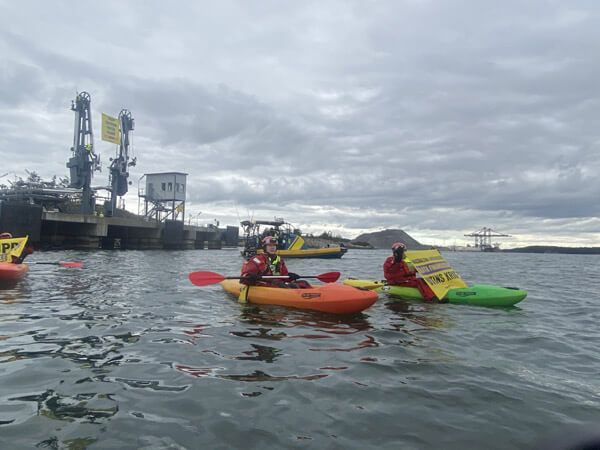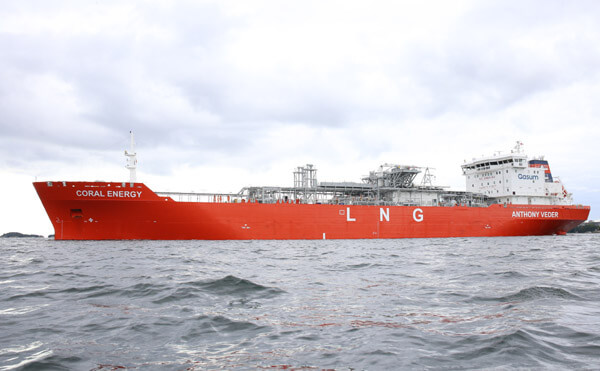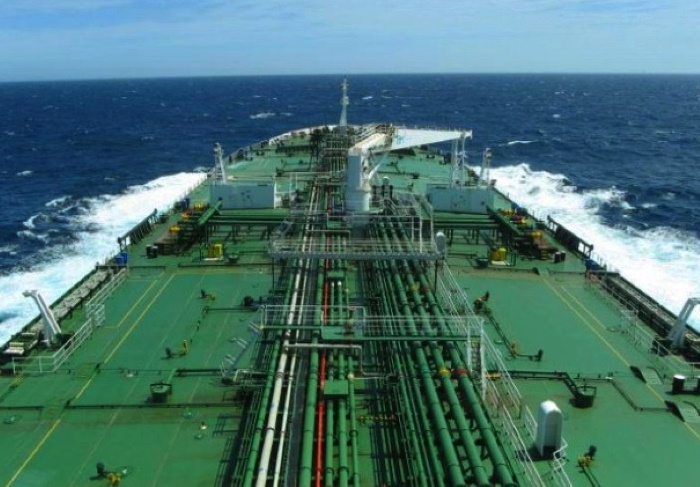September 14, 2022 GENERAL
The tanker market could be headed for additional support down the line. In its latest weekly report, shipbroker Intermodal said that “while the energy markets are historically stretched, Russian flows of crude oil are closely monitored as the oil trade is ultimately realigned. More specifically, Russian oil exports fell by 115k bpd in July to 7.4m bpd, from about 8m bpd at the start of the year, according to IEA’s August report. However, for the period Jan-Jul22 oil exports averaged 7.75m bpd, edging upwards compared to 7.5m bpd achieved in 2021 as a whole”.
According to Ms. Chara Georgousi, Researcn Analyst with Intermodal, “crude and product flows to the US, UK, EU, Japan and Korea have slumped by 2.2 m bpd since Russia’s invasion of Ukraine. However, two-thirds of them have been redirected mainly to China and India at discounted rates. Export revenues fell to $19 bn in July, -9.5% m-o-m, mainly on the back of reduced volumes and lower oil prices. Total flows of Russia’s crude to Asia fell by 500,000 bpd during the past three months, with flows slumping at the lowest since March. During the last week of August, according to Bloomberg, total flows slumped at 3.04m bpd, -16% w-o-w. Crude shipments to China are now about 50% of the total flows, -10% since April. Key driving factor is mainly China’s constrained oil demand due to consecutive lockdowns which prompted refineries to minimize their crude input, as well as simultaneous maintenance of multiple refineries. Another factor could be the narrowing of the price differential between Urals crude and Brent crude, which from about $30/bbl in April-May narrowed to approx. $19/bbl in July-August, according to Russia’s Ministry of Finance”.
Ms. Georgousi added that “European imports of Russian crude surged during August’s last week to the highest level since April, mainly driven by the upcoming full effect of sanctions in December. According to Bloomberg, total flows of Urals crude rose to 3.41m bpd from a previous 3.24m bpd, mainly on the back of EU imports (Mediterranean, Northern Europe, and Black Sea region). Imports of Mediterranean countries soared to the highest level to reach 140k bpd, imports of Northern countries accounted for 398k bpd, while import volumes from the Black Sea region (Romania and Bulgaria) marked a 7-week high”.
Intermodal’s analyst added that “ESPO, on the other hand, has marked a 4-month high during August. ESPO shipments from the country’s Pacific Coast terminals rose to the highest level since April. More specifically, according to Bloomberg, 37 tankers departed from Kozmino in August carrying 875k bpd of ESPO. Meanwhile, combined exports from Kozmino, De Kastri, and Prigorodnoye surged to 942k bpd, +6.5% m-o-m. India edged as a key ESPO importer, displacing barrels from Saudi Arabia and Abu Dhabi and thus, realigning global crude flows. During August standalone, 6 vessels carrying ESPO headed to the country’s refineries, carrying a total volume of 142k bpd, +20.3% m-o-m”.
Ms. Georgousi concluded that “with shifting trading patterns in the crude oil market, Russia must primarily rely on China and India to source its crude. China’s demand for Russian barrels, albeit lower in July according to GAC data, could recover as we head towards the winter season which will increase demand for oil amid elevated gas prices. Oil demand could be supported in September ahead of the peak of fishing and harvest activities, as well as the Autumn festival, all of which combined add tailwinds to gasoil consumption. In addition, some demand growth is expected during October, ahead of the 20th National Congress of the Chinese Communist party which will be held in Beijing. The recent outbreak of Covid cases in many provinces, though, has forced cities to adopt virus containment measures and added headwinds to the winter demand growth forecast. Nevertheless, market sentiment remains bullish, overall, regarding the 2H2022 Chinese oil demand. Conclusively, some smaller players have emerged which could potentially absorb more Russian crude in the mid-term, such as Sri Lanka and Egypt which snapped some Russian barrels during July and August, according to Bloomberg. Given that the trade between Russia and alternative importing countries is further developed after the sanctions’ full effect, it could add some support to the tonne miles”, Intermodal’s analyst concluded.
Nikos Roussanoglou, Hellenic Shipping News Worldwide













